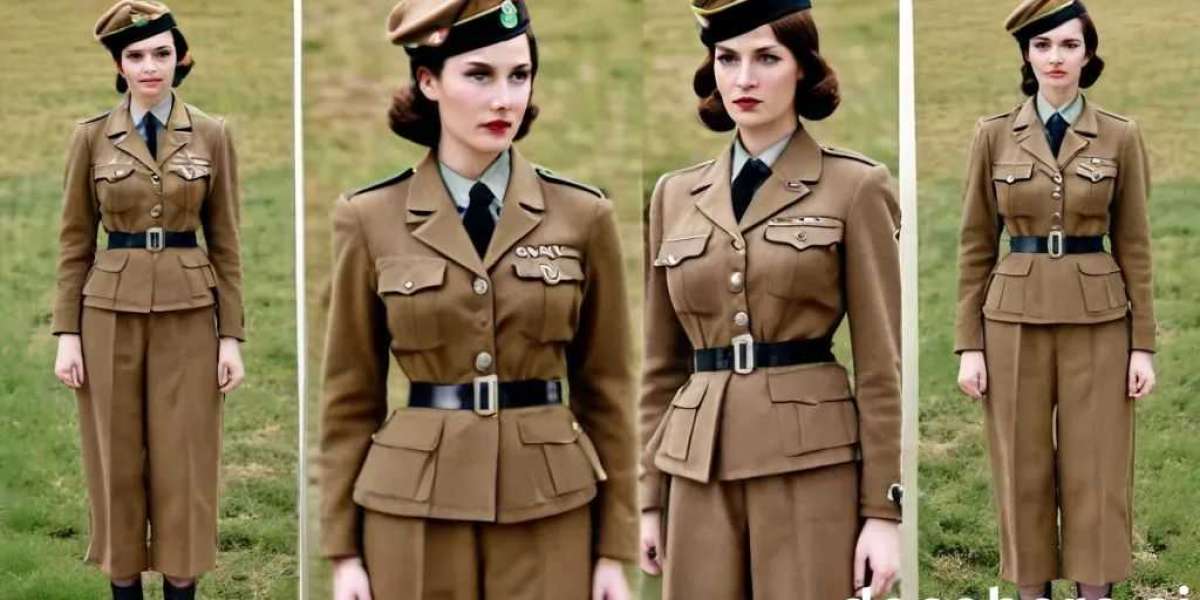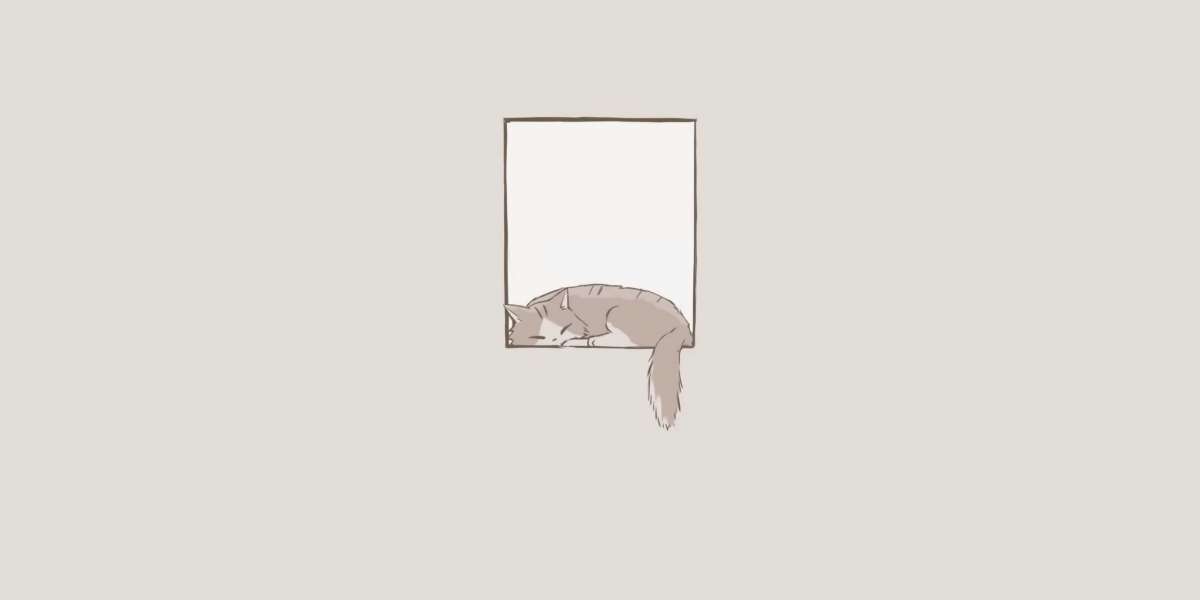World War II was a pivotal period in history, and the contributions of women in the British Army were monumental. Two significant groups that stand out are the Auxiliary Territorial Service (ATS) and the Women's Auxiliary Air Force (WAAF). The uniforms worn by these brave women have become iconic symbols of their dedication and service. This article delves into the details of these uniforms, highlighting their significance and the roles they played during the war.
- WW2 British Army Women's Uniforms: An Overview
During WWII, women's roles in the British Army expanded significantly. The uniforms worn by women in the British Army were not just for practicality; they symbolized the changing roles of women in society and their contributions to the war effort.
- Significance: These uniforms marked the first time women were officially recognized as part of the British Army, serving in non-combatant roles but essential to the war effort.
- Design: The design of the uniforms was functional, offering protection and utility while maintaining a degree of femininity.
- Auxiliary Territorial Service (ATS) Uniform
The Auxiliary Territorial Service (ATS) was the women's branch of the British Army during World War II. Established in 1938, it allowed women to serve in various capacities, from clerical work to more active roles such as anti-aircraft gun crews.
- Uniform Composition:
- Tunic and Skirt: The standard ATS uniform included a khaki tunic and skirt. The tunic had large pockets for practicality, and the skirt was designed for ease of movement.
- Headgear: The ATS members wore a khaki-colored cap or beret with the ATS badge prominently displayed.
- Footwear: Black lace-up shoes were standard, designed for both comfort and durability.
- Roles and Duties:
- Women in the ATS served in various capacities, including administrative, clerical, and logistical roles.
- Some women also trained for more specialized positions, such as drivers, cooks, and radar operators.
- Recognition: The ATS uniform became a symbol of the significant role women played in the British Army during WWII.
- WW2 WAAF Enlisted Uniform
The Women's Auxiliary Air Force (WAAF) was another critical organization during World War II. Established in 1939, the WAAF supported the Royal Air Force (RAF) and played a crucial role in maintaining the operations of the air force.
- Uniform Composition:
- Tunic and Skirt: The WAAF uniform consisted of a blue-grey tunic and skirt, distinct from the khaki of the ATS. The tunic had a tailored fit, and the skirt was designed for practicality.
- Headgear: WAAF members wore a forage cap or beret, often adorned with the RAF badge.
- Footwear: Similar to the ATS, WAAF members wore black lace-up shoes, chosen for their durability.
- Roles and Duties:
- WAAF members were involved in various tasks, including communications, meteorology, and even aircraft maintenance.
- Some WAAF personnel also served in roles related to intelligence and reconnaissance.
- Recognition: The WAAF uniform became synonymous with the dedication and skill of the women who helped keep the RAF operational during the war.
- Historical and Cultural Impact
The WW2 British Army Women's Uniforms—both ATS and WAAF—hold a significant place in history. They not only represent the changing role of women in wartime but also the broader societal shifts that occurred during and after the war.
- Empowerment: These uniforms empowered women, allowing them to step into roles traditionally held by men and proving their capability in various fields.
- Legacy: The legacy of the ATS and WAAF uniforms continues to be celebrated, with many of these uniforms preserved in museums and collections worldwide.
Conclusion
The WW2 British Army Women's Uniforms, particularly those of the ATS and WAAF, are more than just military attire. They symbolize the courage, resilience, and determination of the women who wore them. As we reflect on their contributions, it's essential to recognize the impact these uniforms had on the war effort and on the broader movement towards gender equality in the military.



